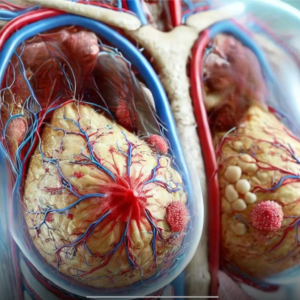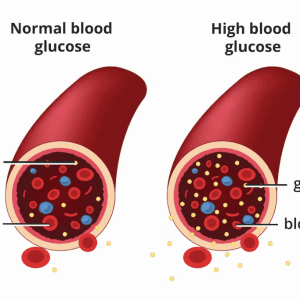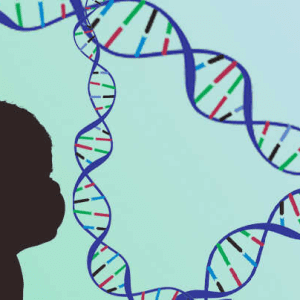Microplastics have infiltrated nearly every aspect of our lives—air, water, food, and even our bodies. These microscopic plastic fragments, measuring less than 5 millimeters, were once dismissed as harmless. However, a groundbreaking scientific review now links them to various health conditions, including colon and lung cancer, infertility, and other reproductive disorders.
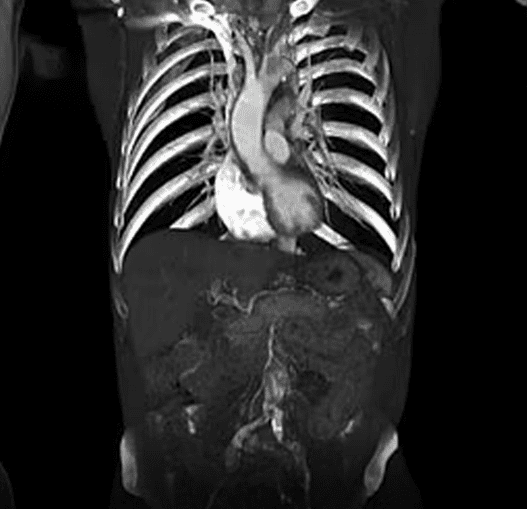
What Are Microplastics and Why Should You Be Concerned?
Microplastics come from everyday consumer products such as plastic packaging, synthetic clothing, food containers, and even personal care items like toothpaste and facial scrubs. Over time, these materials degrade, releasing tiny plastic particles into the environment.
Once inside the human body, microplastics do not simply pass through. They embed themselves in tissues, triggering inflammation and oxidative stress. This ongoing cellular assault can lead to DNA mutations, which are closely associated with cancer development.
Video:
How dangerous are microplastics?
The Link Between Microplastics and Colon Cancer
Colon cancer rates have been rising sharply, particularly among younger adults who traditionally do not fall into high-risk categories. Scientists now believe that microplastics could be a contributing factor.
How Microplastics Contribute to Colon Cancer:
- Penetrating the Colon’s Protective Barrier: Microplastics bypass the natural defenses of the digestive system, embedding themselves in intestinal tissue.
- Triggering Chronic Inflammation: The body perceives these particles as invaders, leading to persistent inflammation—a known risk factor for cancer.
- Disrupting Gut Microbiota: An imbalance in gut bacteria can weaken the immune system, making the body more susceptible to disease.
With microplastics widely contaminating food and water, the connection between these particles and colon cancer demands urgent attention.
The Alarming Rise of Lung Cancer in Non-Smokers
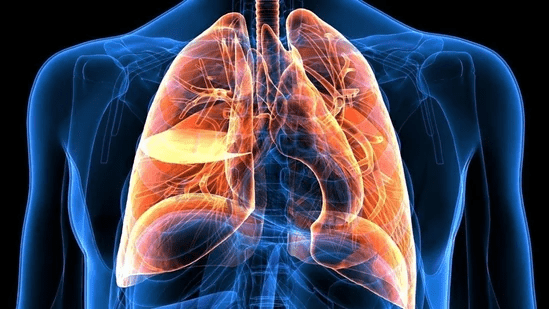
For decades, lung cancer has been linked to smoking. However, a growing number of non-smokers are being diagnosed with the disease. Scientists now suspect airborne microplastics could be to blame.
How Microplastics Affect Lung Health:
- Inhalation of Airborne Particles: These tiny plastics are found in polluted cities, indoor dust, and even remote Arctic regions.
- Inflammation and Tissue Damage: Once inhaled, microplastics lodge in lung tissue, causing chronic inflammation and fibrosis.
- Compromised Lung Function: Continuous exposure may weaken lung defenses, making individuals more vulnerable to cancer.
With lung cancer rates among non-smokers rising, researchers are urgently investigating microplastics as a potential culprit.
Microplastics and Their Impact on Fertility and Reproductive Health

Microplastics have also been detected in human reproductive organs, including the placenta, amniotic fluid, and even sperm. This raises serious concerns about their impact on fertility.
Effects on Male and Female Fertility:
- Men: Studies show a decline in sperm count, reduced motility, and increased testicular inflammation linked to microplastic exposure.
- Women: Disruptions in ovarian function and hormonal imbalances may affect fertility and increase pregnancy complications.
With global infertility rates on the rise, researchers are examining the role of microplastics in reproductive health.
Video:
How microplastics affect your health
The Financial Burden of Microplastic-Related Illnesses
Beyond the biological impact, microplastics pose a significant economic burden. In the United States alone, treating diseases associated with plastic exposure costs nearly 289 billion dollars annually. This staggering figure underscores the urgency of addressing the health risks linked to microplastics.
Microplastics Are Everywhere: Can We Avoid Them?
Plastic production has skyrocketed to 460 million metric tons annually, with predictions that this number will more than double by 2050. As plastic waste increases, so does human exposure. Microplastics have been detected in:
- Bottled and tap water
- Processed and fresh foods
- Household dust and indoor air
- Ocean water and remote Arctic ice
Without immediate intervention, microplastic contamination will only worsen, amplifying health risks.
How to Reduce Your Exposure to Microplastics
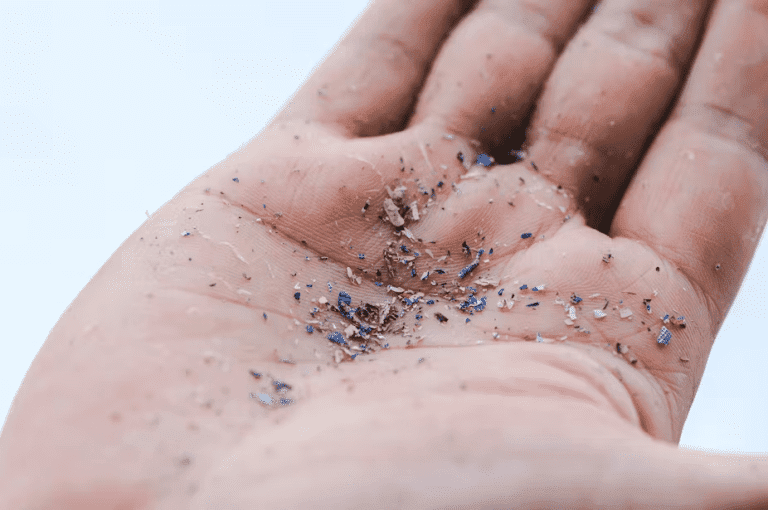
While it is nearly impossible to avoid microplastics entirely, there are steps you can take to reduce exposure and protect your health.
Practical Steps to Reduce Microplastic Intake:
- Use glass or stainless steel containers instead of plastic for food storage, especially when heating food.
- Filter drinking water using high-quality filters designed to remove microplastics.
- Choose natural fabrics such as cotton, wool, or linen instead of synthetic materials that shed microplastics during washing.
- Limit processed and packaged foods, as they often contain higher levels of microplastic contamination.
- Reduce reliance on single-use plastics, such as plastic bags, bottles, and utensils.
- Support sustainable brands that are committed to reducing plastic pollution.
What Is Being Done to Address This Crisis?

As evidence of health risks mounts, researchers and policymakers are pushing for stricter regulations on plastic production and waste management. Some proposed actions include:
- Banning single-use plastics to reduce plastic waste at its source.
- Enforcing stricter environmental laws to limit the amount of plastic pollution in food and water.
- Investing in biodegradable alternatives to replace harmful plastics with safer materials.
However, waiting for government intervention is not enough. Public awareness and individual action are essential in tackling this crisis.
Conclusion: A Silent Health Epidemic We Can No Longer Ignore
Microplastics are more than just an environmental issue—they are a serious human health threat. With growing links to colon cancer, lung disease, infertility, and immune dysfunction, these invisible plastic particles are wreaking havoc inside our bodies.
It is time to take action. By making informed choices, advocating for stricter regulations, and spreading awareness, we can work to reduce our exposure and protect future generations. The question is: Will we act before it is too late?
